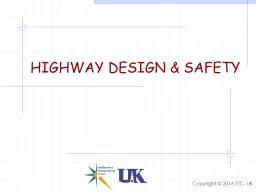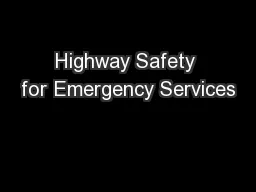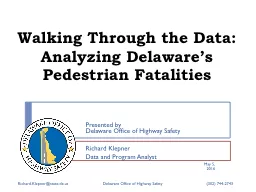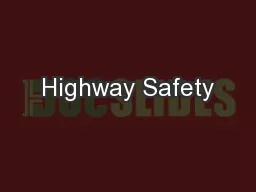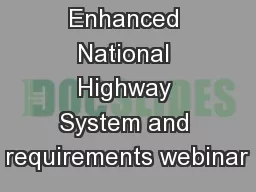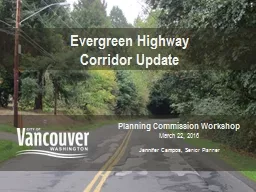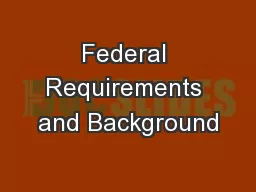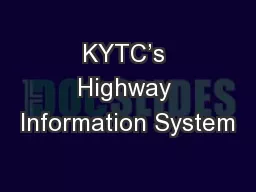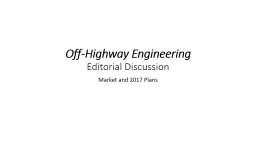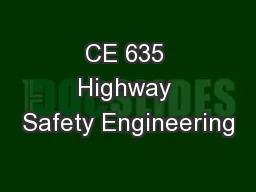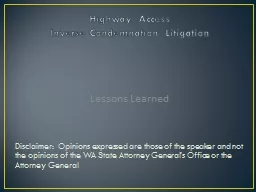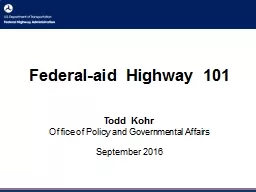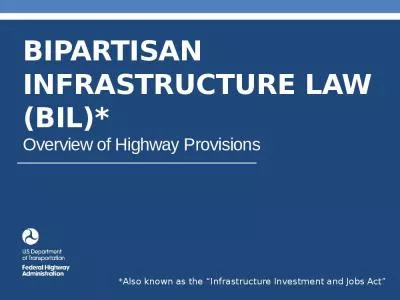PPT-HIGHWAY DESIGN & SAFETY
Author : test | Published Date : 2017-10-12
Copyright 2016 STC UK Some Background 1950s Build the roadway system 1970s and onImprove the roadway system Safety implicitly considered in guidelines American
Presentation Embed Code
Download Presentation
Download Presentation The PPT/PDF document "HIGHWAY DESIGN & SAFETY" is the property of its rightful owner. Permission is granted to download and print the materials on this website for personal, non-commercial use only, and to display it on your personal computer provided you do not modify the materials and that you retain all copyright notices contained in the materials. By downloading content from our website, you accept the terms of this agreement.
HIGHWAY DESIGN & SAFETY: Transcript
Download Rules Of Document
"HIGHWAY DESIGN & SAFETY"The content belongs to its owner. You may download and print it for personal use, without modification, and keep all copyright notices. By downloading, you agree to these terms.
Related Documents

